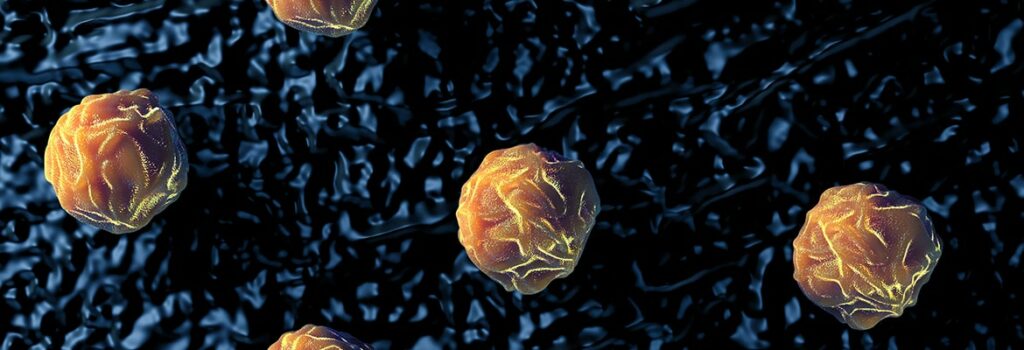Allogeneic mesenchymal stromal cell transplantation may be a feasible approach for SSc
By Claire Barnard, medwireNews Reporter
A single infusion of allogeneic bone marrow-derived mesenchymal stromal cells (MSCs) was well tolerated and showed preliminary efficacy for severe diffuse systemic sclerosis (SSc) in a phase 1/2 proof-of-concept study by Dominique Farge (Hôpital St-Louis, Paris, France) and colleagues.
The researchers explain in The Lancet Rheumatology that preclinical studies demonstrating a reduction in fibrosis and accelerated wound healing with MSC treatment provide “strong rationale for the use of MSCs to target the pathogenic triad of systemic sclerosis.”
The open-label dose-escalation study included 20 patients aged 18–70 years with severe diffuse SSc, no severe comorbidities and an insufficient response or contraindications to conventional immunosuppressive treatment or autologous haematopoietic stem cell transplantation.
Farge and team report that the first 10 participants were given a single intravenous infusion of bone marrow-derived MSCs from intrafamilial bone marrow donors at a dose of 1×106 MSCs/kg bodyweight. As no serious adverse events (AEs) occurred during infusion or during 10 days of follow-up, the next 10 patients were given a dose of 3×106 MSCs/kg.
In all, transient infusion-related AEs occurred in 10% of participants; one experienced grade 1 flushing during infusion, while another experienced grade 1 nausea and grade 2 asthenia within 1 week of infusion. During a median follow-up of 24.1 months there were no treatment-related severe AEs, 36 non-treatment-related severe AEs and 193 AEs. No deaths occurred during the total follow-up period of 2 years.
In their preliminary efficacy analysis, the researchers observed an “early improvement” in the modified Rodnan skin score (mRSS), from a median of 23 points at baseline to approximately 16 points at the 1-month follow-up, and this improvement was maintained at the 1-year follow-up. They note that forced vital capacity (FVC) and pulmonary diffusion capacity for carbon monoxide (DLCO) “appeared stable” over 1 year, as did measures of quality of life.
A total of 75% of participants achieved a clinical response (>25% decrease in mRSS or >10% increase in FVC and/or DLCO without additional immunosuppression, except low-dose steroids) at 3 or 6 months post-transplantation.
Clinical response rates were comparable in participants given the higher or lower doses of MSCs, “indicating that minimal MSC doses could be effective with a wide dose-response therapeutic window, as has been reported in other MSC trials and in mouse models of systemic sclerosis”, say Farge et al.
The team also investigated whether protein components of the bone marrow-derived MSC suspensions varied between responders and nonresponders, finding that higher IDO enzyme activity, CCL2 levels and HLA-DR expression were present in responders, while there were higher levels of circulating TGFβ in nonresponders.
The authors of an accompanying comment say that “[a]lthough this finding requires confirmation in larger cohorts, it suggests that proteomic profiling could be applied in the future to determine the likelihood of treatment response with allogeneic bone marrow-derived MSCs.”
Elizabeth Volkmann and Wanxing Chai-Ho, both from the University of California, Los Angeles in the USA, say that the trial findings support “the need for further clinical investigation into this novel therapeutic approach” for severe diffuse SSc.
Farge and team conclude: “Future placebo-controlled trials will help to definitively ascertain the efficacy of mesenchymal stromal cell-based cell therapy from various tissue sources in larger number of patients with systemic sclerosis.”
News stories are provided by medwireNews, which is an independent medical news service provided by Springer Healthcare Ltd. © 2022 Springer Healthcare Ltd, part of the Springer Nature Group
Lancet Rheumatol 2022; 4: e91–e104
Lancet Rheumatol 2022; 4: e74–e75
https://www.thelancet.com/journals/lanrhe/article/PIIS2665-9913(21)00326-X/fulltext
https://www.thelancet.com/journals/lanrhe/article/PIIS2665-9913(21)00388-X/fulltext

